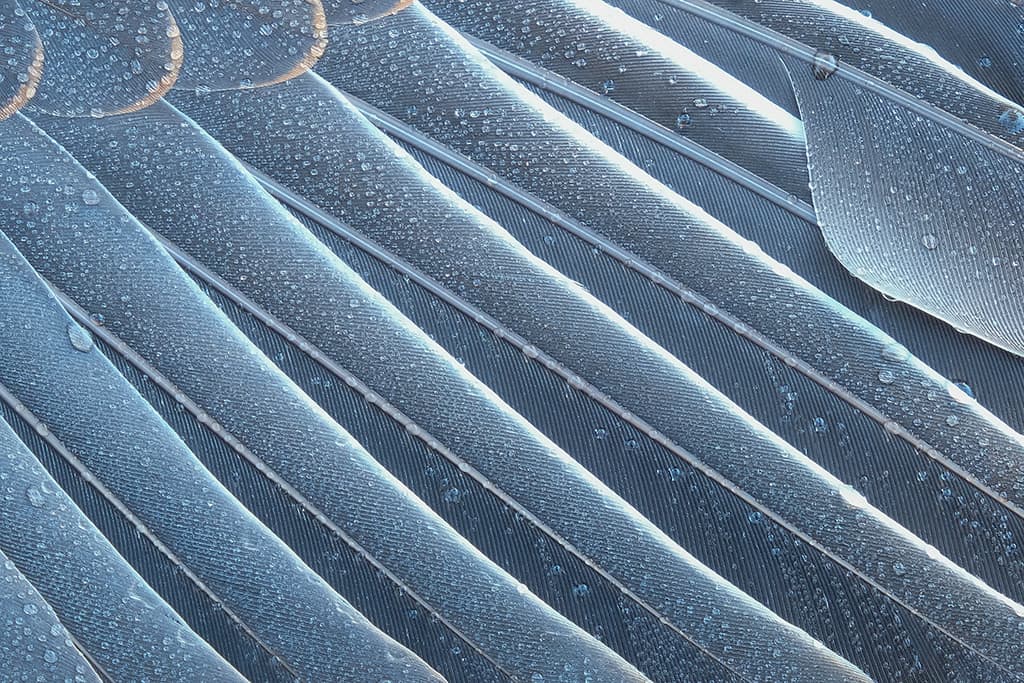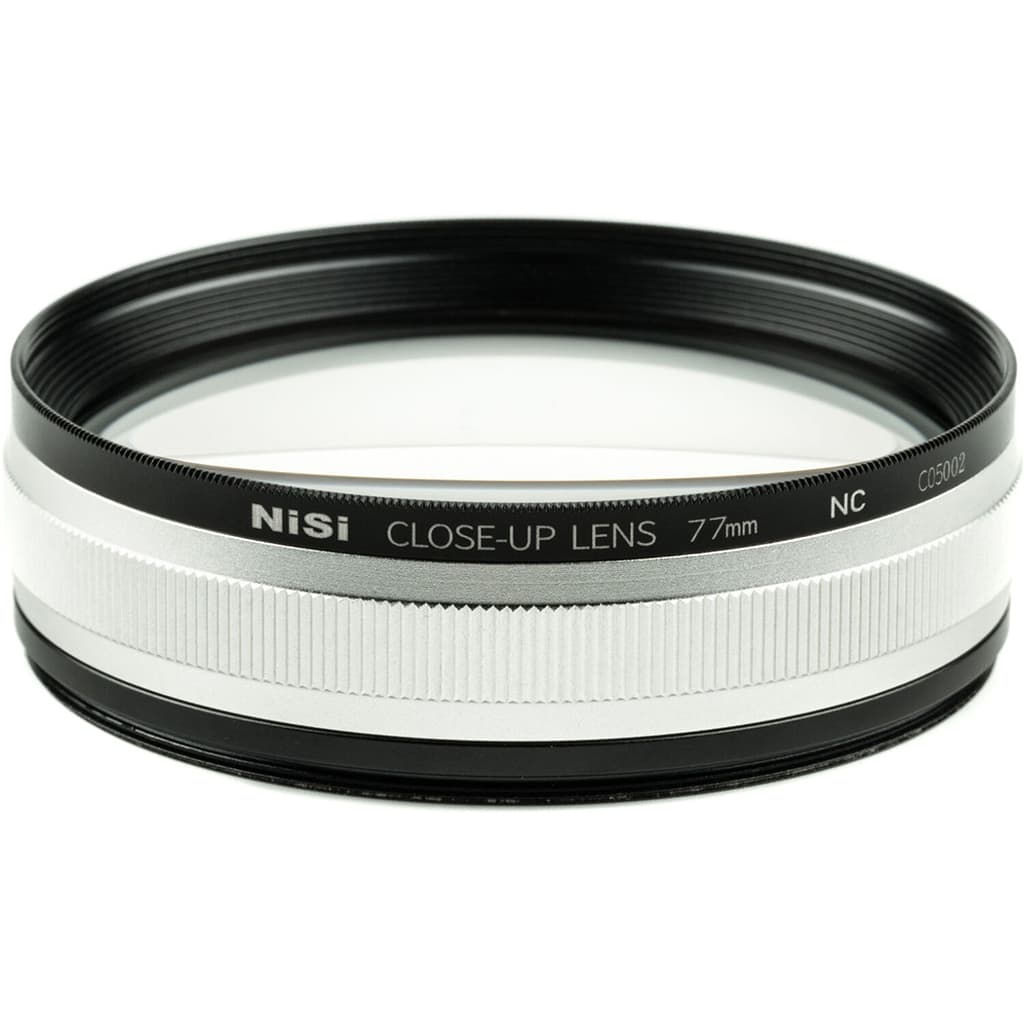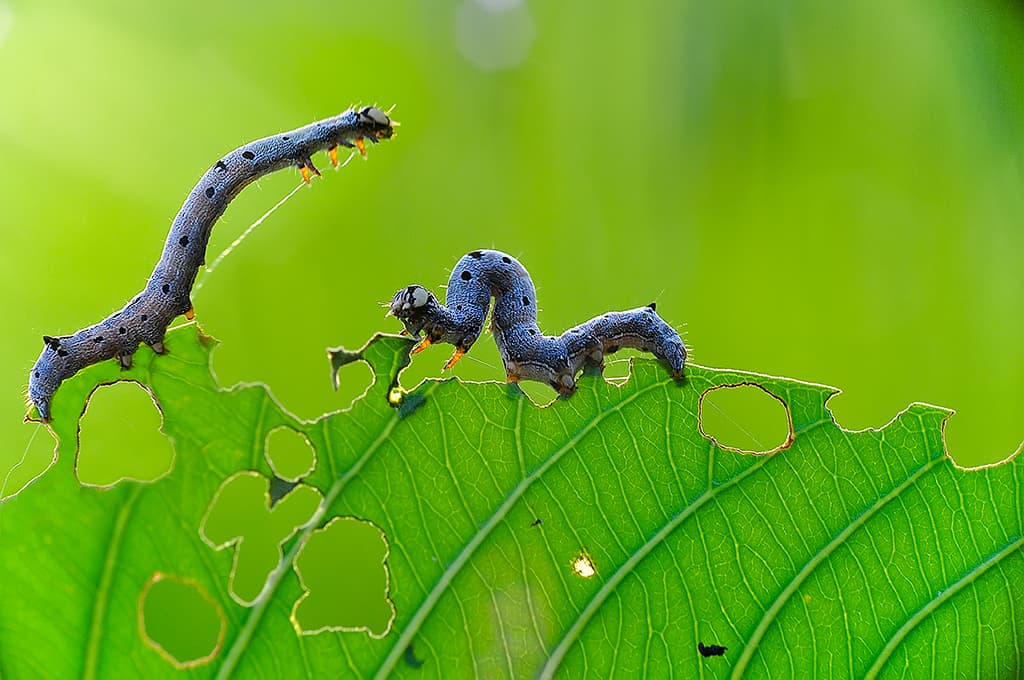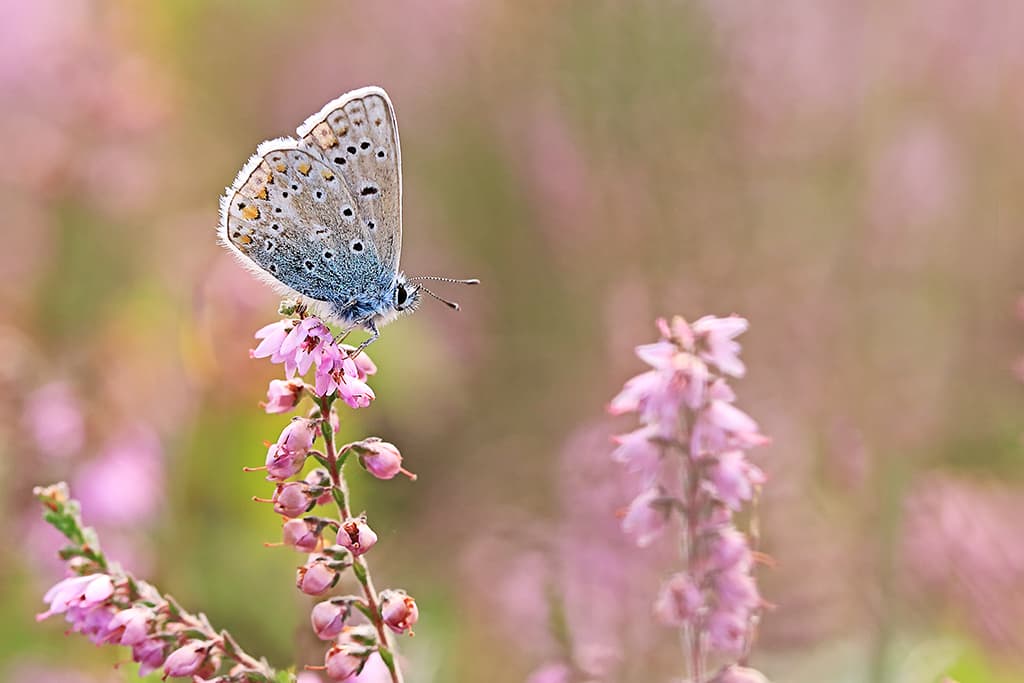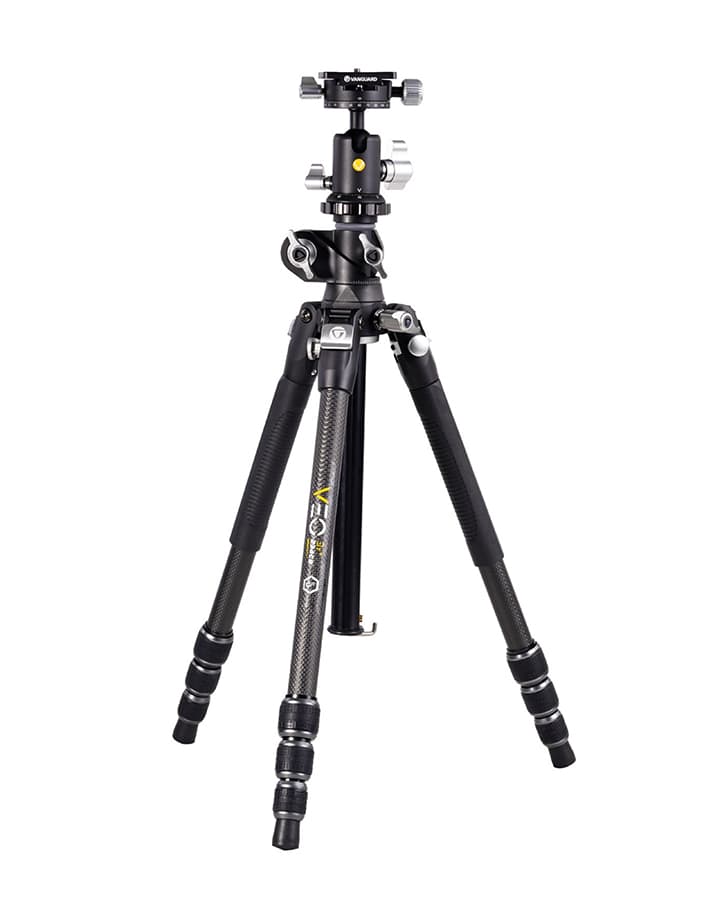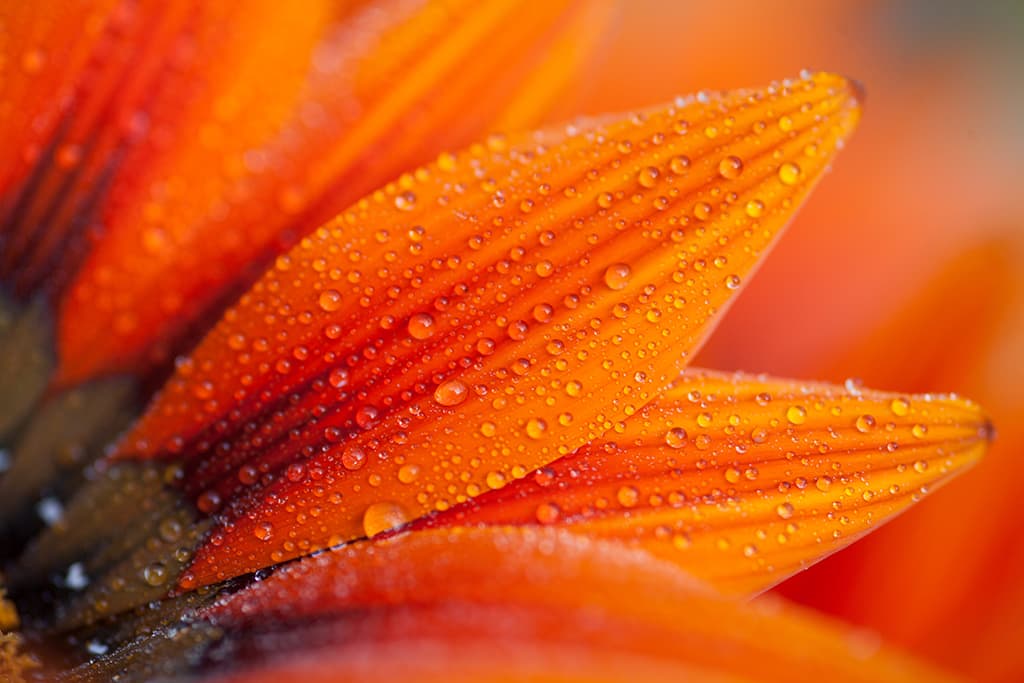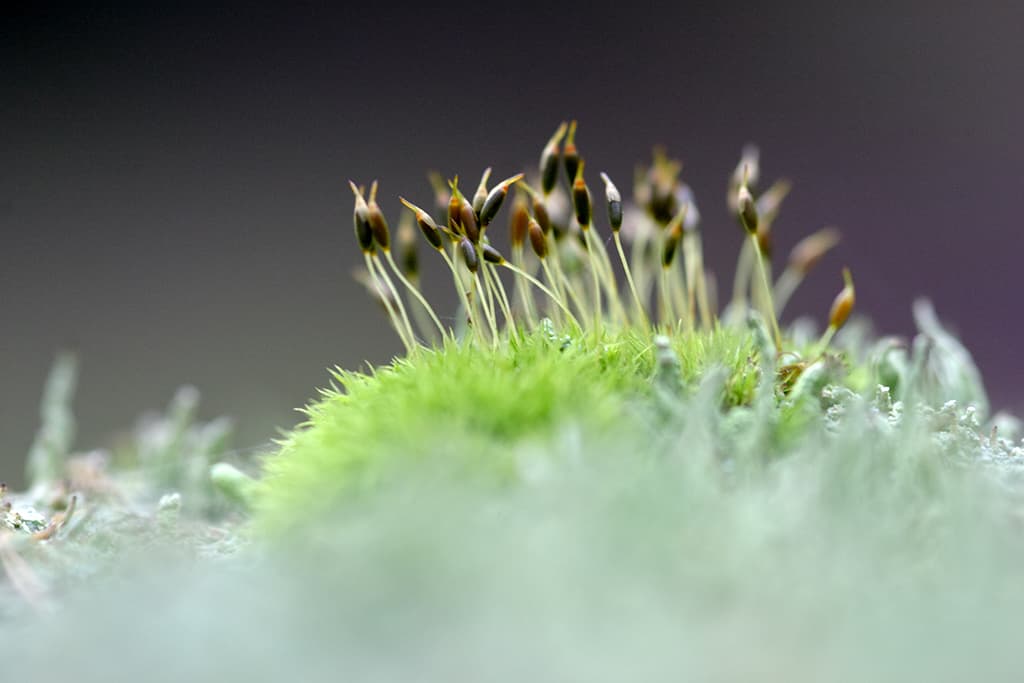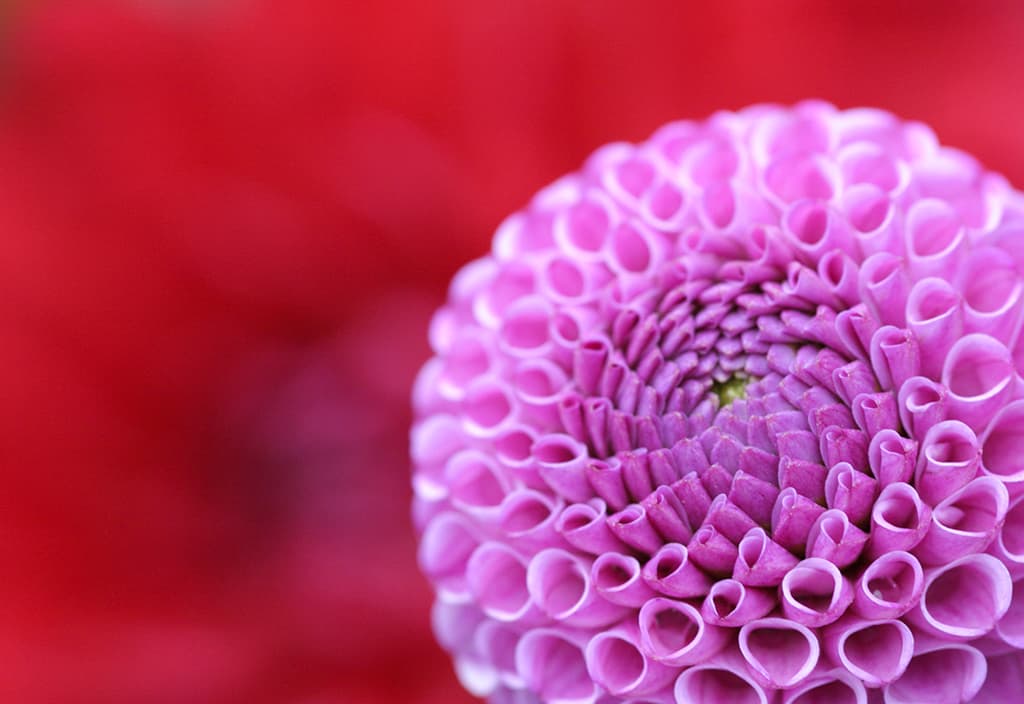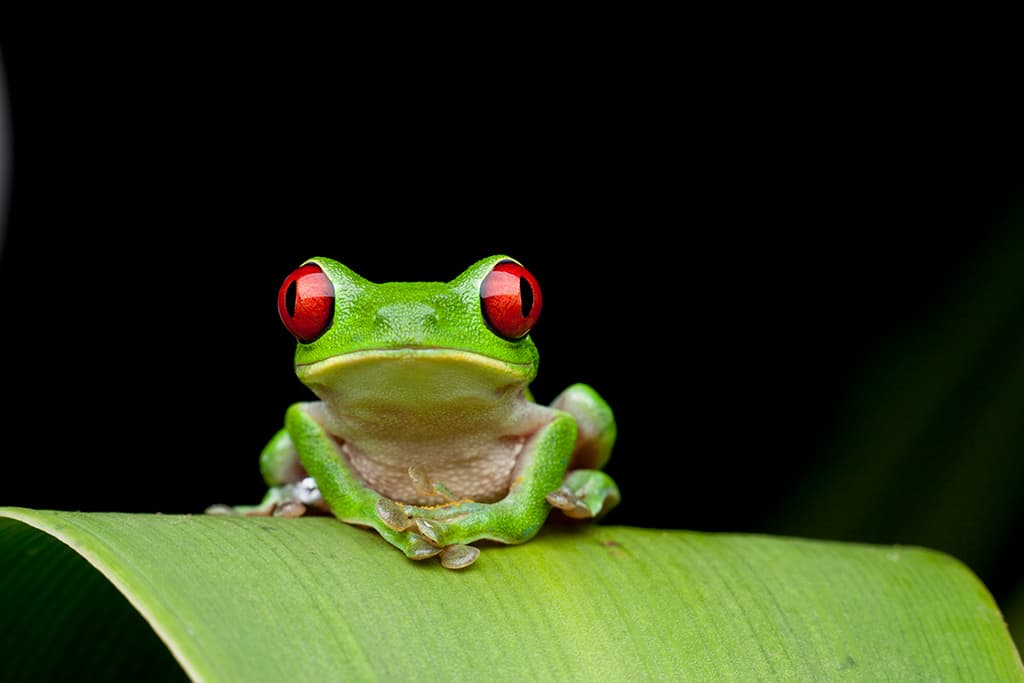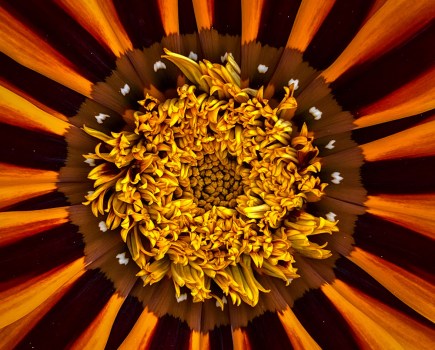From overlooking familiar subjects to misunderstanding technical terms and being afraid of blur, Tracy Calder – co-founder of Close-up Photographer of the Year – describes 30 of the most common macro mistakes and how to overcome them
30 Common Macro Mistakes
1. Thinking macro and close-up are the same thing
Although the terms close-up and macro photography are often used interchangeably, in reality only a reproduction ratio of 1:1, or a magnification of 1x (life-size), can be classed as macro; anything less than that is close-up.
For the most part, this distinction is inconsequential, but when it comes to buying a lens it’s important to note that some manufacturers describe their lenses as ‘macro’ when, in fact, they are incapable of achieving 1:1 magnification and should really be described as ‘close-up’.
2. Believing you have to travel to find picture opportunities
One of the great joys of close-up and macro photography is that you don’t have to travel far to find suitable subject matter. When approached with an air of curiosity, everyday objects can become a photogenic mix of abstract shapes, colours and forms.
What’s more, garden spaces, regardless of their size, are bursting with life, waiting to be captured by the camera. In fact, while you’re still learning the ropes, practising on subjects close to home is preferable.
3. Failing to find order in the chaos
Some of the best macro and close-up images are a result of the photographer reducing a scene down to its core elements. When faced with a complex environment it helps to look for recurring patterns, shapes and lines.
It can take time to find order in chaos, but if you slow down and tune into what’s in front of you the core elements will eventually make themselves known. Once they have, it’s your job to emphasise them using patience, perseverance and solid technique.
4. Forgetting about the ‘rules’ of composition
With so many technical decisions to make, it’s easy to forget that the ‘rules’ of composition that apply to general photography also apply to macro and close-up work. While lead-in lines might not take the form of fences and rivers, you can use petal edges, stems and even a spider’s legs to lead the viewer’s eye into and around the frame. What’s more, the rule of thirds, the idea of using odd numbers of elements and the KISS (Keep It Simple Stupid) principle still applies.
5. Thinking you have to buy an expensive macro lens
While it may be true that nothing beats the optical performance of a dedicated macro lens, you can’t escape the fact that these optics are a financial investment. Before you commit, you might like to try a close-up attachment lens, extension tubes, reversing rings or a teleconverter.
If you’re still not sure that macro is for you, then consider hiring a lens for a few days. Once you’re convinced (and I’m confident you will be!), look at third-party lenses from the likes of Sigma, Tamron and Laowa.
6. Not doing your research
Whether you’re shooting a plant, a wave or an insect, a little research can go a long way. Learning when an insect sleeps, for example, will allow you to visit when it’s less mobile and thus easier to photograph. Similarly, knowing when a plant will bloom will enable you to arrive on location before the petals have been torn or nibbled by insects.
7. Getting snap happy when faced with a picture opportunity
When you spot a once-in-a-lifetime opportunity it’s easy to panic and start firing off frames without thinking. Unfortunately, this rarely leads to prize-winning pictures. For many photographers a shoot begins with pre-visualisation – having an image in your mind’s eye.
By scribbling ideas in a notebook or sketchbook you always have a starting point. But it’s important to remain flexible and be ready to adapt if conditions aren’t as you imagined.
8. Overlooking common, or overly familiar, subjects
It’s often said that a weed is a flower in the wrong place, and it’s certainly true that some of the UK’s most beautiful wildflowers – think dandelion, herb-Robert and Scarlet pimpernel – are often yanked out of patios or doused with weed killer.
It’s tempting to focus on ‘showier’ subjects such as orchids and roses, but if you look at familiar subjects with fresh eyes you will be rewarded with pictures that nobody else has seen.
9. Forgetting about ‘travelling’ space
Most photographers know that when you include a moving animal in your composition you need to allow space for it to ‘travel’ into. If you position it too close to the edge of the frame then the viewer is more likely to think of it as trapped than flying, jumping or running. The same can be said for eyes – if an animal is looking to the left, for example, then give it space to gaze into. Plants, also, need room to grow in to.
10. Ignoring ethics
Chilling, killing or disabling an animal for the sake of a picture is never acceptable. Animals will often stay in one place when they’re eating, sleeping or mating so if you do your research, you’ll know the best time to approach them.
If you’re still struggling, consider photographing discarded animal skins, or abandoned cases, or try looking for dead insects on window ledges, car windscreens and lights. When it comes to plants, take care not to squash vegetation and never pick or remove wildflowers.
11. Using manual focus as a last resort
We often think of manual focus as something to turn to when all else fails, but when it comes to macro and close-up photography it really takes centre stage. When light levels are low, the scene displays low contrast, or you need super-accurate focusing then MF is the way to go. Most modern cameras come with focusing aids such as focus peaking, magnified view and split screen to help you to refine your focus.
12. Trying to handhold the camera
Tripods can be unwieldy but using one will improve your hit rate dramatically. Look for a model that allows you to shoot close to the ground and has a centre column that can be positioned horizontally (or has no centre column at all).
If you really don’t want to use a tripod, then you might like to consider a monopod or a beanbag. There are a few instances where handholding your camera is preferable, but for the most part a three-legged support is best.
13. Inability to keep the subject steady
When wind speed rises above 5mph, plants seem to move about the frame at an alarming rate. In such instances, it’s best to let things die down. Failing that, look for plants with thicker stems or use a Wimberley Plamp (or other support) to steady your subject.
But don’t be put off by ‘bad’ weather – overcast conditions are great for reducing contrast, and mist, snow and frost can add atmosphere. What’s more, plants look great after a shower of rain.
14. Sticking to a record approach
Scientists and botanists often use close-up and macro photography to record detailed shots of plants and animals for research purposes. This approach can be gratifying and will no doubt increase your knowledge of the natural world but sticking too slavishly to this style means missing out on a more experimental artistic approach.
Don’t be afraid to use vintage lenses, shoot through grass, introduce blur etc to translate your vision into unique creative images.
15. Not giving the background due consideration
When it comes to close-up and macro photography, the background needs to be given the same consideration as the foreground. Any twigs, leaves or clutter that might have gone unnoticed in a ‘standard’ picture can become eyesores in a close-up shot. Think about how the background works with the subject, and if it doesn’t add to the story in some way then remove or downplay it.
16. Misunderstanding the minimum focusing distance
If you’ve ever tried focusing on a subject close to the lens, but no matter what you try you just can’t get it sharp, then check the specifications to see what the minimum focus distance of the lens is.
This distance is measured from the focal plane (sensor/film) to the subject, not from the front of the lens to the subject, which is a common misconception (this is actually the working distance).
17. Not knowing how to maximise depth of field
At high magnifications (and when the subject-to-camera distance can be measured in centimetres) depth of field is extremely shallow. To increase the zone of acceptable sharpness it’s tempting to use the smallest aperture available, but, even then, the difference can be imperceptible.
There are a few things you can do to maximise depth of field: keep the camera parallel to the subject, stop down the aperture (bearing in mind the above), position the camera further away from the subject or try focus stacking.
18. Photographing animals and plants out of context
Sometimes photographing a fly on a sheet of Perspex or a flower against a paper backdrop can lead to striking pictures, but only when the juxtaposition is intentional.
Simply plonking a subject onto a background is unlikely to lead to memorable work. Where possible, try to shoot natural subjects in their natural environment – because including vegetation, rocks, wildlife etc can provide valuable information about the life of your subject.
19. Not realising the impact of small blemishes
When you’re shooting flowers at close quarters any blemishes, blotches or tears have the potential to destroy your pictures. In order to capture perfect specimens, do your research.
Don’t wait for the flower to be in full bloom, look for shoots, new growth etc early in the season. Make a note of what you see, the condition it’s in and where the light is coming from and then use this knowledge to plan a future trip.
20. Using flash without a diffuser
Using flash might enable you to freeze motion and illuminate a subject but using such a powerful light source can lead to harsh shadows and blown highlights if it’s not diffused properly.
To modify the light, you can buy a diffuser, but many macro photographers like to fashion their own (there is even a Facebook Group dedicated to homemade flash diffusers!)
21. Not knowing what you’ve photographed
Being able to identify what you’ve photographed has a number of benefits: you can caption and keyword images accurately, you gain a greater understanding of your subject, which can influence the way you photograph it.
When you know the name of something you tend to care about it more, which can assist conservation efforts. You can use field guides, apps or even hire a guide, but there’s no substitute for acquiring knowledge through first-hand experience.
22. Being afraid of blur
So much advice around close-up and macro photography centres on getting your subject pin-sharp, but when blur is used intentionally it can give a wonderful sense of movement and energy.
Experimenting with different shutter speeds and ICM (Intentional Camera Movement) can lead to unusual and striking effects.
23. Forgetting about black & white
Shooting in black & white encourages the viewer to concentrate on shapes, patterns, textures and form, but it needs to be more than just an afterthought.
When you set out to shoot black & white – rather than playing around with the idea later – you tend to see the light slightly differently, notice the balance between positive and negative space more and really concentrate on composition, because there’s no colour to serve as a distraction or to rescue the shot.
24. Poor editing
Some people enjoy post processing and see it as a crucial step in the creative process; other people hate sitting in front of the computer moving sliders and making comparisons. Whichever camp you fall into, most original files (especially raw files) benefit from a bit of editing after the event.
Close-up photographers are probably more familiar with the Spot Removal tool and the Crop Overlay tool (in Lightroom) than most, but there’s often cause to lift the exposure and boost the contrast too.
25. Underestimating the power of colour
Colour can stimulate the senses, make us feel happy, sad, energised or tired. It can awaken happy memories or cause us anguish. By studying the way colours relate to each other, and the physical and emotional responses they evoke in us, we can begin to see how colour affects both the mind and the body and then apply this knowledge to our pictures.
26. Trying to copy a popular style
When you’re learning a new technique it’s natural to begin by copying someone else, but the real magic happens when you take an original idea, put a spin on it and make it your own. One of the best ways to come up with fresh creative ideas is to take inspiration from a multitude of sources – including disciplines outside of photography.
27. Poor lighting
Finding subjects perfectly illuminated by natural light is relatively uncommon but trying to fake it later rarely works. To make the most of natural light use a reflector to bounce it back into shadow areas, or a diffuser to soften harsh sunlight.
Another alternative is a portable LED light, which can be great for illuminating flowers and fungi. If, however, you want more versatile and powerful lighting then consider a ring flash or twin flash.
28. Not being able to divorce yourself emotionally
You might have trekked for days through a tropical rainforest to photograph a rare pea-sized frog, but if the physical and mental torture you endured is not obvious in your pictures – and you want to submit them to a competition – then you need to divorce yourself from them emotionally.
There will be instances where you can tell your story in full (a magazine feature, for example), but for the most part your picture will be judged as a stand-alone piece of work.
29. Leaving your pictures on a computer
Not everyone wants to share their work with a wider audience, but challenging yourself to enter a competition, such as Close-up Photographer of the Year, is a great way to push yourself creatively, gain peer recognition, receive global exposure and, if you’re a winner, earn some prize money too. Don’t leave your images on the computer – share the wonder of close-up and macro photography with the world!
30. Not looking for, or communicating, a story
Humans have used storytelling as a form of communication for millennia, so it’s little surprise that pictures telling a story appeal to us more than those simply recording an object.
If you look closely enough there are mini dramas unfolding everywhere – plants fighting for supremacy, animals going to extreme lengths to protect their young, water carving paths into rocks. Keep your eyes open for moments of change, conflict or symbiosis and use your skills to draw them out.
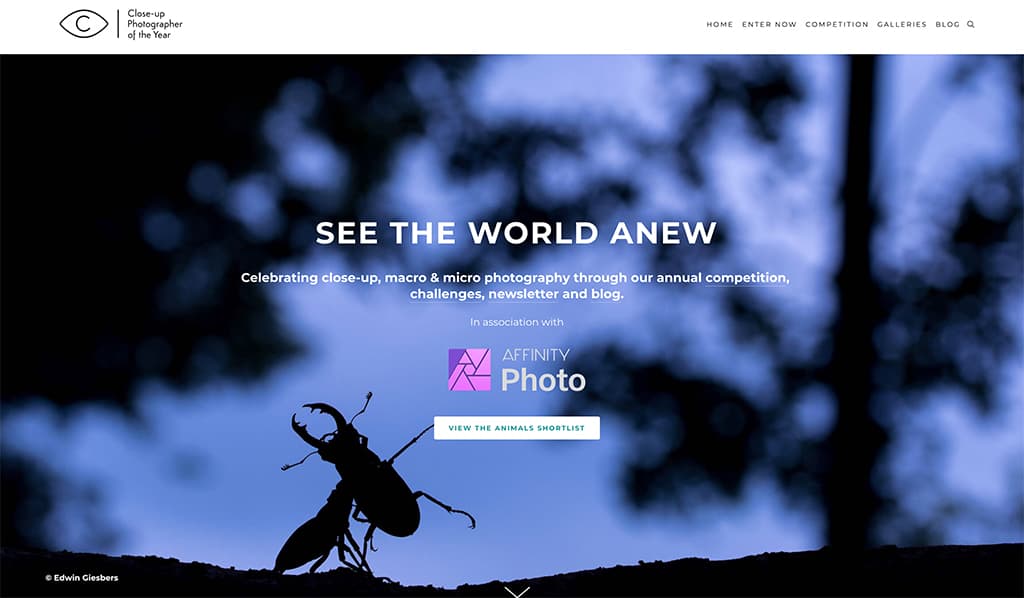
Further reading
Behind the scenes of Close-up Photographer of the Year 03 Images
12 essential macro photography tips



